Ahoy, the symphony of an Indian kitchen. Turmeric’s golden blush, ghee’s nutty embrace, cumin’s earthy whisper. Followed by coriander powder’s balancing act, red chili powder‘s fiery kiss and pungent ginger garlic paste. Next Garam Masala, the King of Taste!
Garam masala holds a cherished spot. It is a cornerstone spice blend. This aromatic mixture defines Indian cooking. Indeed, it has a rich history. Let’s explore its magic.
Historical Background: A Legacy of Flavor
The origins of garam masala are ancient. It evolved over centuries. Regional variations developed. Each family often has a unique recipe. This tradition continues today.
The use of warming spices in South Asia is ancient. Historically, the concept of garam (hot) spices is linked to Ayurveda. These spices were thought to warm the body. This was especially important in cooler, northern Indian regions. The exact composition varied greatly by region. For instance, northern blends often include more warming spices. Southern blends, conversely, might incorporate curry leaves. The British Raj further standardized some recipes. Therefore, the modern blend is a culmination of centuries. It mixes regional traditions and culinary evolution. However, the core purpose remained: adding aroma and warmth.
The Science Behind the Garam Masala
Beyond flavor, garam masala offers health benefits. Many spices possess medicinal properties. For example, cinnamon aids digestion. Cloves are known for antioxidants. Black pepper increases nutrient absorption. The blend works synergistically.
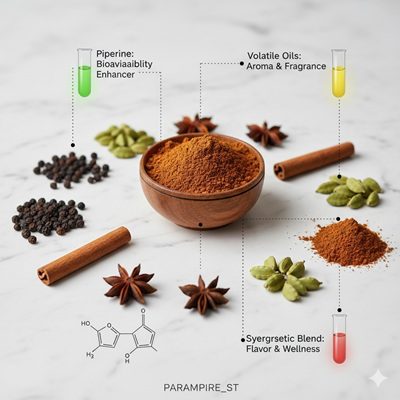
The formula for garam masala isn’t random. Scientifically, it is an intentional blend. Each spice plays a vital role. For example, cumin and coriander form the earthy base. These are high in volatile oils. Cardamom, cinnamon, and cloves add top notes. They provide the highly fragrant aroma. Black pepper contains piperine. This compound enhances the bioavailability of other nutrients. Consequently, the blend isn’t just about taste. It’s a functional food mixture. The spices work together effectively. They maximize both flavor and potential health benefits.
Unpacking the Taste Profile: Warmth and Complexity
The taste of garam masala is complex. It is warm and fragrant. It is also subtly sweet. Sometimes, it can be slightly pungent. This balance enhances many dishes. It truly elevates a simple meal.
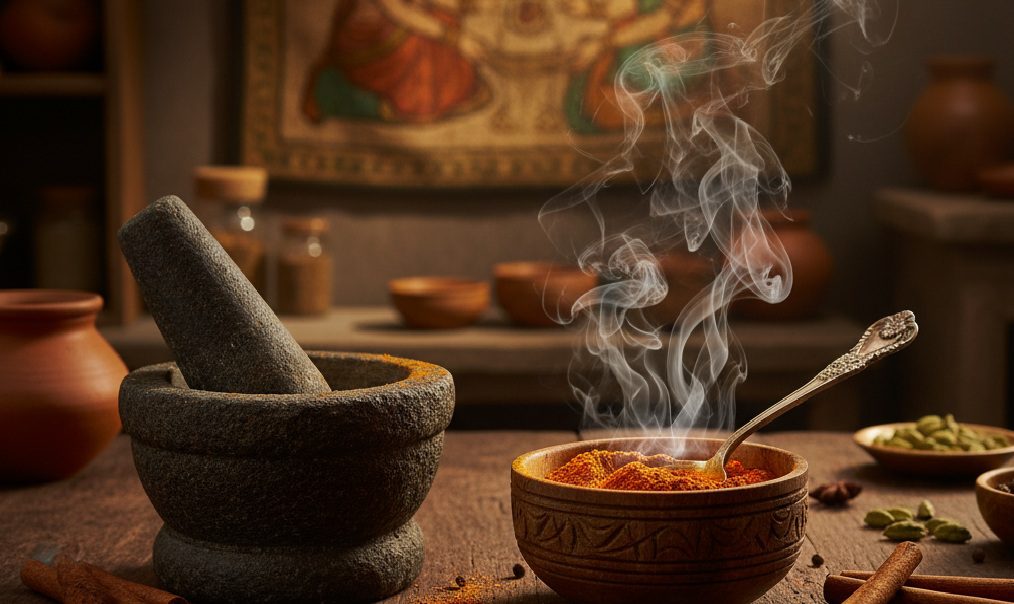
The taste of garam masala is layered and sophisticated. Firstly, it delivers a primary sensation of warmth. This comes from the spices like cinnamon and cloves. Secondly, it offers a comforting, aromatic quality. Cardamom is a major contributor here. Moreover, there is an underlying earthy depth. Cumin and coriander provide this foundation. It is rarely spicy-hot from chili. Instead, its “hotness” is an internal warmth. This rich taste profile allows it to finish a dish beautifully. It never overwhelms the main ingredients. Hence, it provides a final, harmonious touch to the flavor.
Garam masala transcends mere ingredient status. It’s woven into cultural fabric. Festivals often feature special blends. Family recipes are passed down. It represents warmth and hospitality.
Using Garam Masala: Tips and Tricks
Add garam masala towards the end of cooking. This preserves its aroma. Toasting the whole spices before grinding deepens flavor. Store it in an airtight container. Freshly ground is always best. Experiment with different amounts.
FAQs:
What does “garam masala” mean?
It translates to “hot spice mixture.”
Is garam masala spicy hot?
Not necessarily, it refers to warming spices.
Can I make my own garam masala?
Yes, many recipes are available online.
What are common ingredients in garam masala?
Cumin, coriander, cardamom, cloves, cinnamon are common.
When should I add garam masala to a dish?
Add it at the end for best flavor.
Share Your Garam Masala Secrets!
What’s your favorite dish featuring garam masala? Do you have a family recipe? Share your thoughts below!
#GaramMasala #IndianCooking #SpiceBlend #Foodie #IndianFood #CookingHacks #HealthySpices #TraditionalCuisine #KitchenEssentials #FlavorfulFood #Ayurveda #SpiceScience





























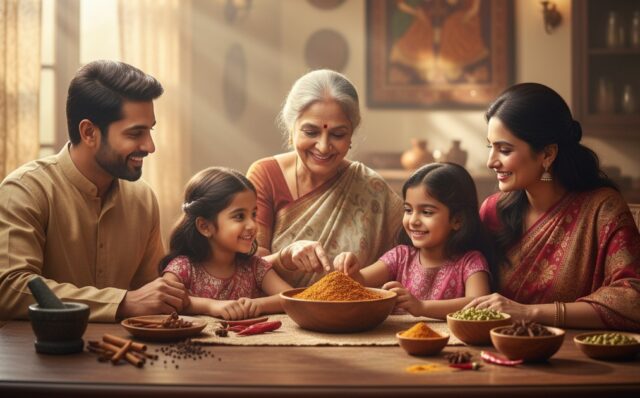
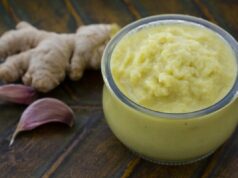
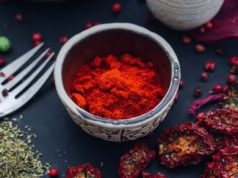
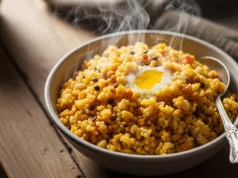





Hey there! I’m at work surfing around your blog from my new iphone! Just wanted to say I love reading your blog and look forward to all your posts! Carry on the great work!
To sum up, the Minecraft download allows players to unlock their creative potential.
minecraft pocket edition free download [url=http://www.download-minecraft-apk.com/]https://download-minecraft-apk.com/[/url]
???????? ?? ????? ?????? ??? ???? ??????? . ?????? ??? ??????? ?? ???? ??????? ?????? ???????. ??? ????? ?? ???? ??? ?? ????? ?????? ????????? ???????? ???.
?? ???? ?????????? ???? ?????? ?? ???????? . ?????? ?? ????? ??????? ???????? ?? ????? ???????? . ????? ??? ??????? ????? ?????? ?????? ?? ?????.
?? ????? ?? ???? ????? ????? ????? ???????? ????????? ???? ?? ??? ????? ????????? . ????? ?????? ?? ??????? ??????? ??????? .
??????? ?? ???? ???????? ?? ???? ????, ????? ?? ????? ??????? ?????? ??. ???? ?? ?????? ???????? ??? ?? ???? ?????? ???? ?????? ?????.
betfinal login [url=https://betfinalafrica.com/]betfinal login[/url]
100 super hot oyna [url=http://www.100-super-hots.com/]https://100-super-hots.com/[/url] awaits you with exciting moments and the chance to win big!
To really elevate an outfit, consider stylish accessories.
According to my observation, after a in foreclosure home is available at a sale, it is common for your borrower to still have the remaining unpaid debt on the mortgage. There are many creditors who try to have all expenses and liens cleared by the up coming buyer. However, depending on specific programs, laws, and state laws there may be several loans which are not easily fixed through the exchange of financial products. Therefore, the duty still lies on the borrower that has received his or her property foreclosed on. Thank you sharing your opinions on this website.